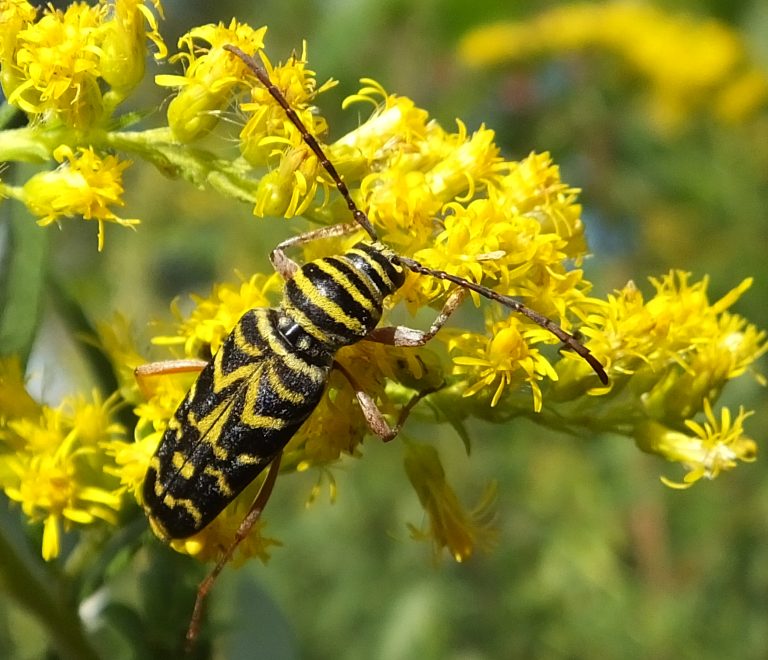Contents
The notion that Plants actively communicate was controversial until the end of the 20th century. In the 1980s, scientists first argued that Plants could “talk” to one another, but many researchers dismissed initial data supporting the idea as statistically sketchy.
Over the past few decades, however, the scientific world has revisited their opinions as they discover the many different ways Plants communicate amongst each other; and every discovered method of Plants’ communication continues to puzzle the scientific world with more questions about Plants’ consciousness.
According to researchers studying Plants’ responses to herbivores, such communications are still mysterious. The scientific community still does not have a good understanding of why Plants signal for cues. Scientists do not yet know for sure whether the cues which the Plants broadcast can be comprehended by other Plants and are intentional or just a by-product of leaf damage.
Initial understanding
A series of studies have shown that when a Plant, for example, Goldenrod (Solidago), is damaged, the Plant releases volatile organic compounds (VOCs) which prompts neighbouring Plants to activate their chemical defences against an impending herbivore attack. Researchers are now concentrating on why the emitting Plant puts out this signal and whether the Plant benefits from telling other Plants around that when being attacked. According to scientists, it is possible that encompassing Plants are merely monitoring the signal emitter Plants, which determines no benefit from the situation. Researchers have also suggested two alternative hypotheses which involve a benefit to the emitter.
- The kin selection hypothesis: The Plant emitting the signal indirectly benefits the surrounding Plants, which increases the survival of genetically related Plants in vicinity, even if the Plant is damaged by herbivory.
- The mutual benefit hypothesis: The Plant emitting the signal directly benefits from communication because the pre-emptive chemical defences launched by all neighbours result in a hostile environment which encourages the herbivorous insect to move away from the area.
Finding evidence to distinguish between these hypotheses has not been so easy. A long-running research project is offering new clues.
Findings of 12 years of research
In 1996, a research team of Cornell University and the University of Turku initiated an elaborate experiment on one goldenrod species (Solidago Altissima). They regularly sprayed rows and rows of the Plant with the insecticide fenvalerate while leaving other rows untreated and letting the Plants grow naturally. After 12 years, the researchers collected Plants from each of the rows, brought them to the lab, sliced the stems, and grew clones. Then, the team set up collections of the clones in pots at a nearby farm, let goldenrod beetle larvae chew on some of the Plants, and measured the emission of VOCs.
The researchers were particularly interested to see if the Goldenrod’s emitted chemical messages would evolve separately depending on whether the Plants had been treated with insecticide and were protected from insect attacks or had been left untreated and experienced higher levels of herbivory. Differences in signalling between the treated and untreated Plants’ descendants might be a small step toward concluding which hypothesis about Plant communication was correct.
The research team found that VOCs released by Goldenrod Plants, whose predecessors were treated with the insecticide, only influenced genetically identical Plants to mount chemical defences to insect invasion, which indicates the kin selection hypothesis. On the other hand, VOCs released by Goldenrod, whose predecessors were not treated with the insecticide, influenced the preemptive defence within all the other goldenrod Plants around them, even Plants that were not their kin which suggests the mutual benefit hypothesis.
Additionally, the research team also observed that the Plants which were not treated with insecticides when exposed to herbivory, converged on a shared VOC signal over the course of the study—with all of the Goldenrod Plants eventually emitting the same chemical signals whether they were genetically identical to the emitter Plant or not. Plants treated with insecticide showed no such signal convergence.
According to the study’s authors, this sort of convergence on a single chemical signal is thought to benefit Plants exposed to herbivory by presenting a stronger restraint against invading insects or a stronger attraction for the herbivores’ natural enemies.
According to Aino Kalske, a postdoctoral researcher in ecology and evolution biology at the University of Turku in Finland and a former graduate student at Cornell, the study provides the first concrete evidence that Plants are not merely eavesdropping or monitoring one another and that the emitter obtains a benefit from releasing its chemical messages.
Conclusion
The researchers still do not know much about how the Plants actually receive and respond to the emitted VOC cues or whether the presence of other types of herbivores, such as mammals, emits similar signal changes. These are questions that the research team would still like to investigate.
According to the authors, these findings will have profound potential agricultural applications. They further explained that understanding the complexities of the Plant world and Plant to Plant communication in more detail can potentially help the scientific world in Plant protection in the agricultural context.
References
- Kalske, A., et al. (2019). Insect Herbivory Selects for Volatile-Mediated Plant-Plant Communication. Current Biology, [online] Volume, 29(18), p. 3128-3133. Available at: https://doi.org/10.1016/j.cub.2019.08.011 [Accessed 23rd October 2021].


